-
April 6, 2020
Hope everyone is doing ok. I know you are probably a little stir crazy, but safe is best. If you get to walk outside on nice days, it helps. Just mind social distancing! Someday this will be just a memory, but meanwhile, some new things to share.
Be well,
Mrs. S
Cherry Blossom Time
I would be remiss if I didn't talk about sakura (sah-coo-rah), cherry trees this week. The trees are probably blooming in Washington DC, they are starting in Branch Brook Park in Newark, NJ, and they certainly are back in New Paltz's sister city of Niimi, Japan. My friend, Professor Yamauchi sent me some photos of Joyama. Jo means castle, and Yama means mountain. Joyama sits at one end of Niimi and several hundred years ago that is where the local lord, or daimyo (di-myoh) had his castle. Today it is a park covered by sakura, and in a normal year it would be lit up at night with lanterns and you would find people having picnics under the trees enjoying the blossoms. This is supposed to bring good luck. This year, of course, hanami (ha-nah-mee), or blossom viewing, is discouraged, so the lanterns were not hung. I wish to share some photos Professor Yamauchi took for me, then I have a couple pictures of the lanterns from when I was there last in 2007. Lastly are two special photos that I took on that same trip: left is a tree, a half hour drive from Niimi, called Daigo-zakura (di-go, and zakura instead of sakura), this special tree is ONE THOUSAND years old and is considered a living god. The second is a famous tree in Maruyama Park in Kyoto.

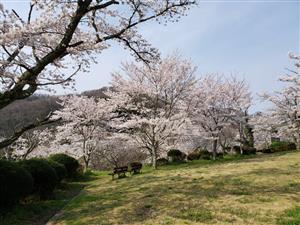
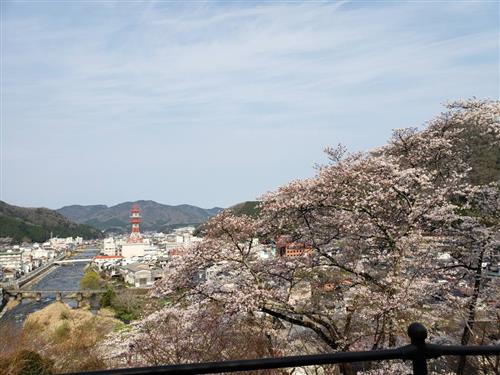
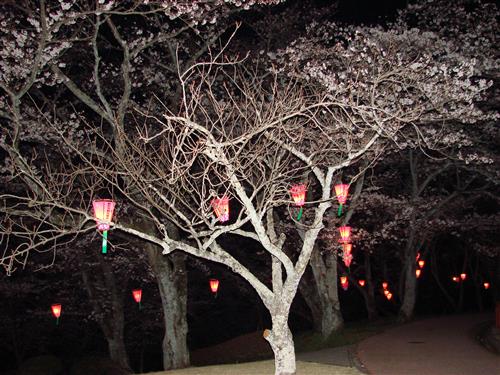
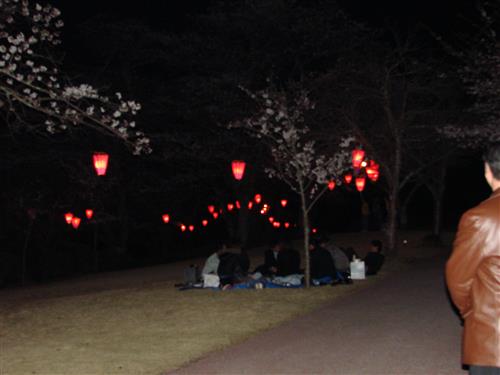
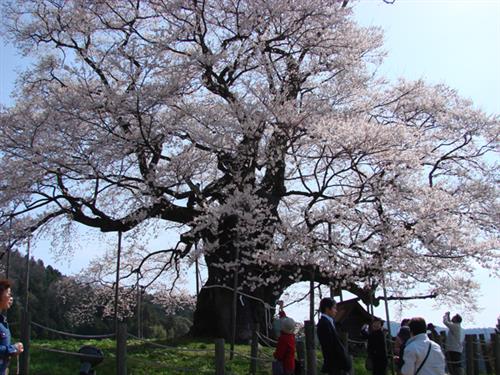
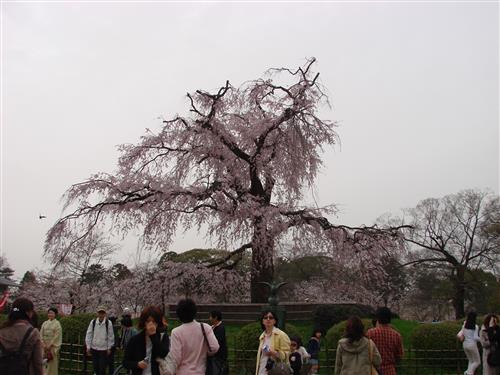
Cherry Blossom time is a big deal in Japan, but also of cuorse in Washington, and as I told you, in Branch Brook Park. Here is a news video from 2015 talking about the history of Branch Brook. Hopefully next year we can see Branch Brook the beginning of April.
Korean Culture
I have put a lot of things up about China and Japan my last two posts. Some focus on Korea is due. I did give you a list of interesting facts about South Korea already - I apologize the photos didn't come with it. Here are some cultural facts about Korea:
What is the culture and tradition of Korea?Korea is greatly influenced by the Chinese and Japanese cultures. This influence can be seen by Confucianism, which established many traditions that can be seen in modern Korea today. These traditions include the ethical code of conduct in social life and showing respect to the elders and family.Where did Korean culture come from?Peoples speaking languages that were ancestors of modern Korea came from North Asia in prehistoric times. Originally they made their living by hunting and collecting wild animals and plants. Many already lived in small villages and made pottery.What are some Korean traditions?Older generations still celebrate their birthdays according to the lunar calendar. The biggest festival in Korea today is Seollal (the traditional Korean New Year). Other important festivals include Daeboreum (the first full moon), Dano (spring festival), and Chuseok (harvest festival).What is considered rude in Korea?Using one hand (especially if it's with your left hand) is considered to be rude so try and get in a habit of always using both hands to give or receive things. ... The 'two hands' culture is only important between the interaction of two people for example giving someone a gift, or even pouring someone some water.How many types of Korean language are there?Two. Officially, there are two standard varieties of Korean in Korea: the Seoul dialect in South Korea and the Phyong'yang dialect in North Korea. The dialects are distinguished and regulated by each country's national language policy.Korea's geography influences its history and culture.
 Republic of Korea
Republic of KoreaKorea is a rugged peninsula lying between China on the west and north and Japan to the east. The whole Korean peninsula is about 85,500 square miles, about the size of Utah. South Korea is only 99,000 square miles -- roughly similar to Oregon -- and its population is close to 50 million (Compared to Oergon's 3 million). Mountains and hills make up about 70 percent of the country.
Hey, they love to have Geography on the Global Regents - how did an area's geography influence its development!
I followed a Google search of Korean culture and took things from www.commisceo-global.com, globalizationpartners.com, www.pbs.org/hiddenkorea, seoulistic.com, asiasociety.org
DO go to www.pbs.org/hiddenkorea. While of course they want you to purchase a video, if you look at the nav bar on the left there are: Home, Introduction, Geography, History, Culture, Relgion, Ch'usok (Harvest Moon Fetival), and Food. While the Homepage is just the setup and ad, clicking on each of the other items brings you some nice info and a couple pics.
You Tube Videos
South Korea 4K. Interesting Facts About South Korea
https://www.youtube.com/watch?v=Ko1bqasNDls
It is a documentary, and the narrator has a bit of a boring voice, but still it out. it is only 14 minutes long and there are some interesting things and you get to SEE parts of Korea.
24 Hours in Seoul, South Koreahttps://www.youtube.com/watch?v=SqYeRX6fqiQ&t=572s
This is a foodie trip through Seoul. It is about 20 min. At one point the girl says she spent 3500 won on some dumplings. I wondered about what that was in dollars. Cryptocurrency today says 1 US dollar is 1236.61 won so 3500 won was $2.83. This is about 20 min. long.
Select a School...

